Neighborhood traditions from the ’60s that defined childhood
Ah, the 1960s—a time when neighborhoods were bustling with camaraderie and delightful traditions that brought people together. It was an era where children played outside until the streetlights came on, and community spirit was as strong as ever.
From friendly competitions to heartwarming gatherings, these traditions were the heart and soul of neighborhood life, creating cherished memories for those who grew up during this vibrant decade.
The Art of Friendly Door-to-Door Sales

Back in the 1960s, it wasn’t unusual to find local salespeople visiting homes with a smile and a sample case. Encyclopedias, vacuum cleaners, and even Tupperware were sold door-to-door, often by charming salesmen who knew how to strike up a friendly conversation.
This personal touch was not only an effective sales strategy but also a way to strengthen community bonds, as neighbors often gathered to discuss the latest offerings or swap stories about their experiences.
The Rise of Community Block Parties

Community block parties were the ultimate expression of neighborhood unity in the 1960s. Streets were closed off, tables were set up, and everyone brought a dish to share.
These events were a chance to catch up with neighbors, enjoy music, and participate in fun games. The block party was a staple of summer, providing a sense of belonging and an opportunity to celebrate the diverse talents and culinary skills of each household.
The Weekly Adventure: Bicycle Brigades
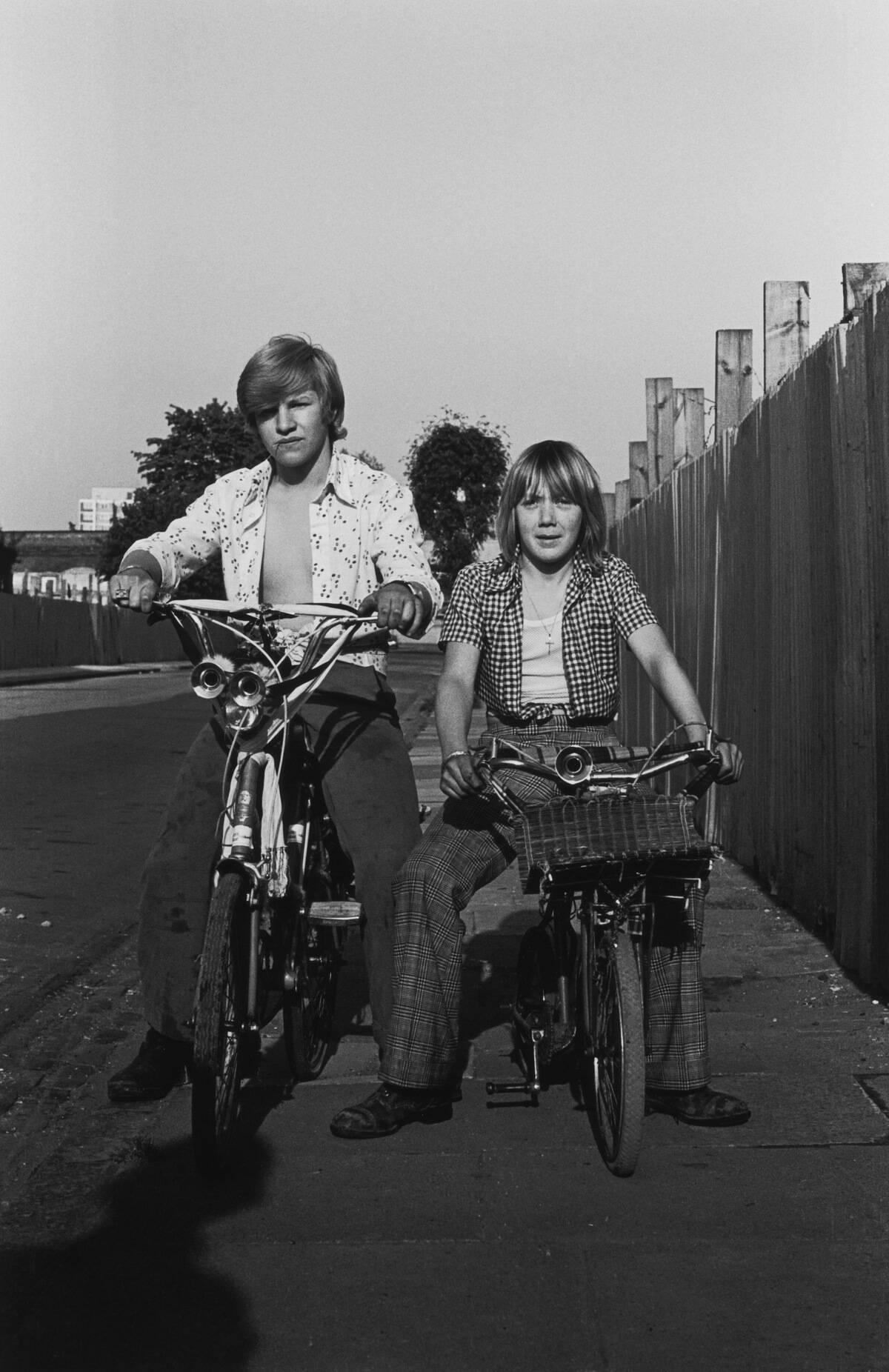
Every week, children would gather for the thrilling bicycle brigade. With their trusty bikes, they would explore the neighborhood, feeling the wind in their hair and the freedom of the open road.
This tradition was more than just a ride; it was an adventure that fostered independence and friendship. Parents often joined in, making it a family affair and ensuring everyone stayed safe while having a blast.
Lawn Games: From Croquet to Badminton

Lush green lawns served as the perfect venue for classic games like croquet and badminton. Families would gather with mallets and rackets, eager to enjoy a friendly match under the sun.
These games were not just about competition but also about leisure and laughter. Setting up a net or marking a croquet course became a weekend ritual, bringing neighbors together and creating a relaxed, fun-filled atmosphere.
The Magic of Neighborhood Movie Nights
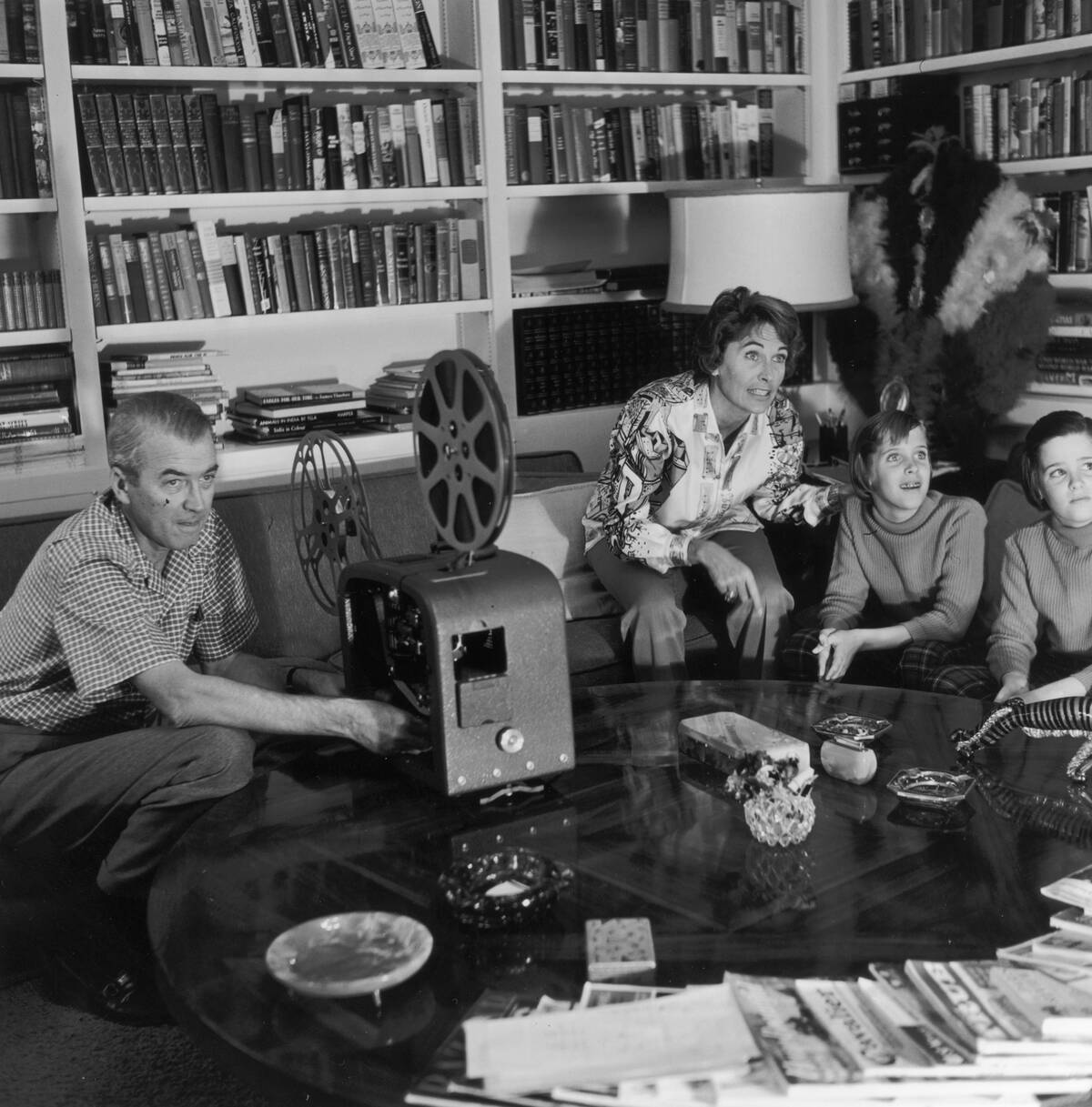
Neighborhood movie nights transformed backyards into open-air theaters, complete with blankets and popcorn. Families would project the latest films onto a makeshift screen, inviting everyone to enjoy a cinematic experience under the stars.
This tradition was an excellent way to unwind after a busy week, and children relished the chance to stay up late and watch their favorite characters come to life in the comfort of their own neighborhood.
Homemade Lemonade Stands: A Rite of Passage

Setting up a lemonade stand was a quintessential childhood experience in the 1960s. With a simple recipe and a handcrafted sign, kids learned the basics of entrepreneurship while quenching the thirst of passersby.
Neighbors were always supportive, stopping by to purchase a cup and offer encouragement. This tradition taught valuable lessons in responsibility and money management, and the sweet taste of success lingered long after the lemonade was gone.
The Seasonal Joy of Trick-or-Treating
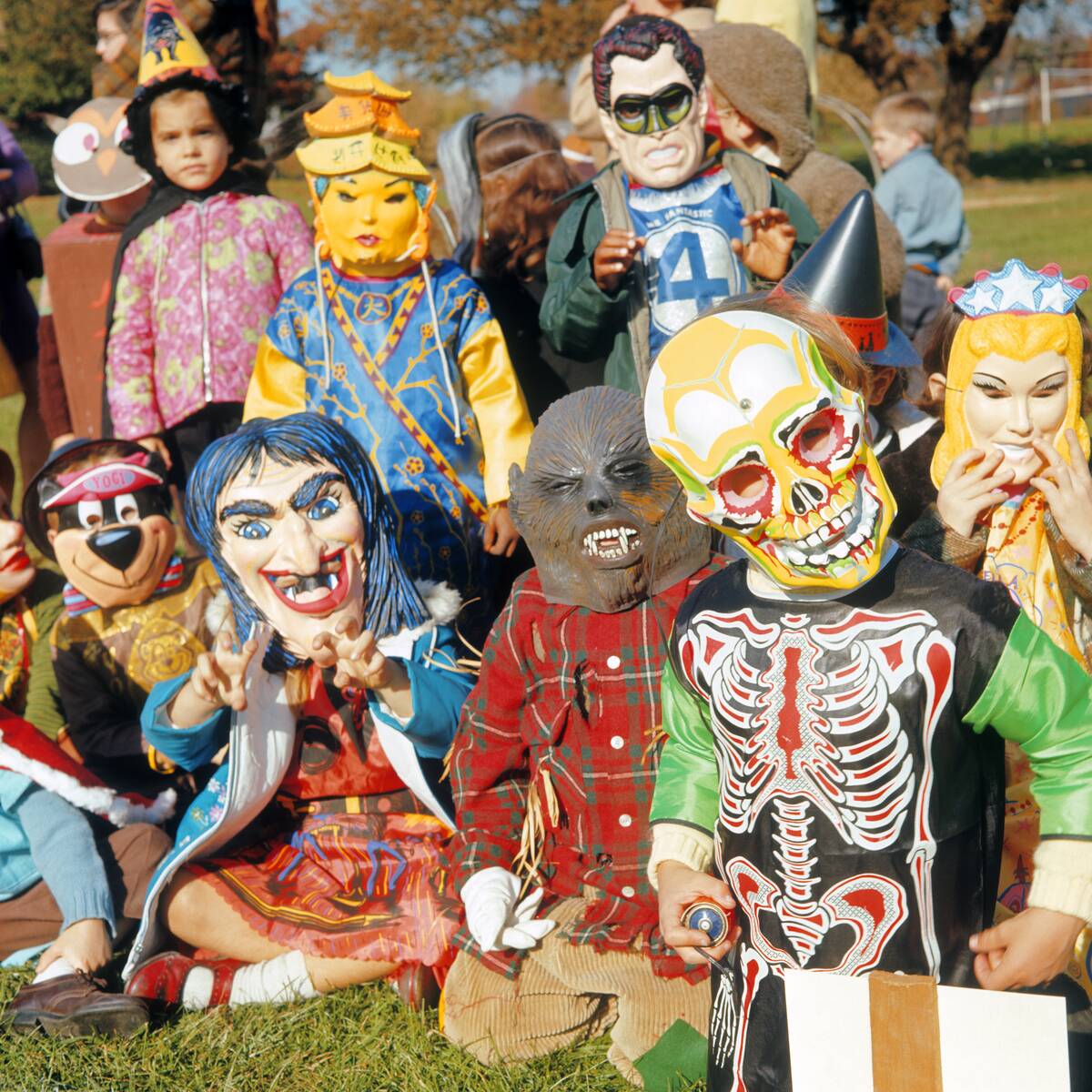
When fall arrived, children eagerly anticipated the thrill of trick-or-treating. Dressed in homemade costumes, they roamed the neighborhood with pillowcases in hand, collecting candy from friendly neighbors.
This Halloween tradition was a highlight of the year, fostering creativity and a sense of adventure. Parents often accompanied their little ones, ensuring a safe and memorable experience as they navigated the festive landscape of jack-o’-lanterns and spooky decorations.
Summer Campouts in the Backyard
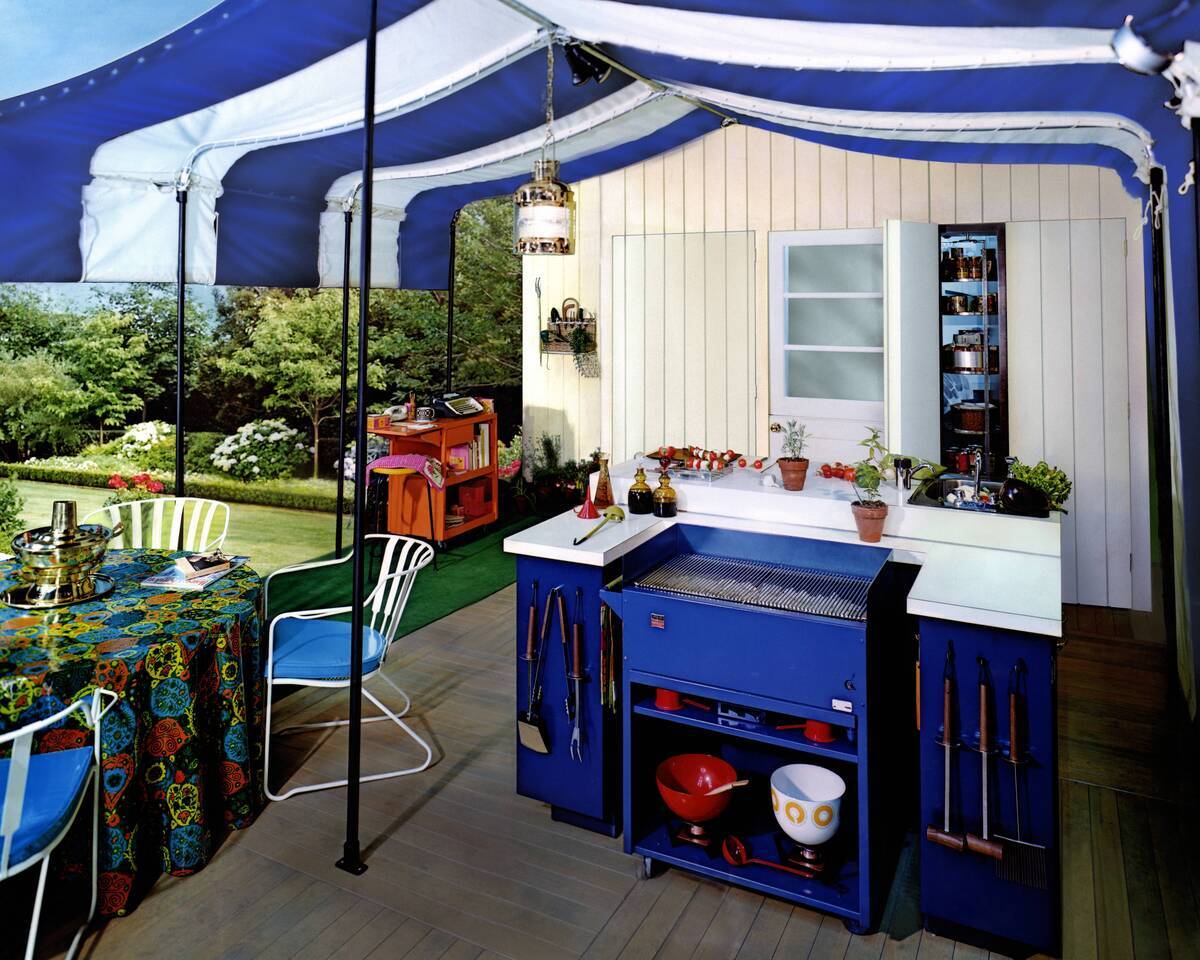
Backyard campouts were a summer staple, offering children the excitement of camping without leaving home. Equipped with tents and sleeping bags, kids would gather for a night under the stars, sharing stories and roasting marshmallows over a small fire pit.
This tradition was a perfect blend of adventure and comfort, allowing families to create magical memories together while enjoying the natural beauty of their own backyard.
Sledding and Snowball Fights in Winter Wonderland

Winter transformed neighborhoods into wonderlands of fun, as kids embraced the joy of sledding down snow-covered hills. Armed with sleds and bundled up in warm clothing, they spent hours on these icy adventures.
Snowball fights were equally cherished, with friends engaging in playful battles that left everyone laughing. These winter activities were a delightful way to enjoy the colder months, fostering a love for the season’s unique charms.
The Tradition of Neighborhood Talent Shows

Neighborhood talent shows were a platform for showcasing hidden talents and building confidence. Residents of all ages would take the stage, performing songs, dances, or magic tricks. These events were a testament to community support and encouragement, as audiences cheered for every act with enthusiasm.
Talent shows offered a chance for neighbors to connect on a deeper level, celebrating each other’s skills and creativity in a fun and supportive environment.
Carving Pumpkins and Halloween Parades
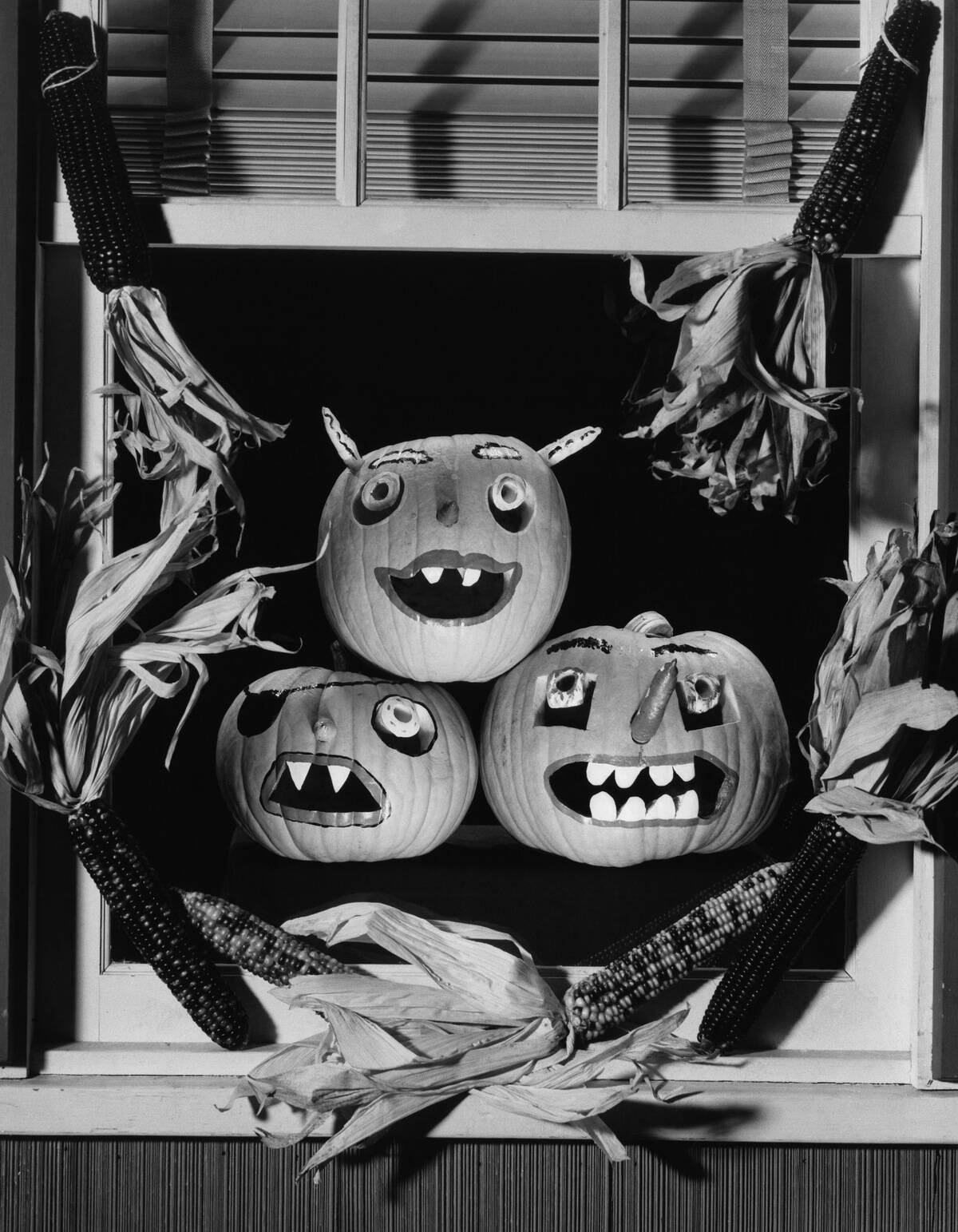
As Halloween approached, pumpkin carving became a beloved activity, with families creating jack-o’-lanterns to adorn their porches. Inspired by their own creativity, each design was unique, adding to the neighborhood’s festive spirit.
Halloween parades followed, with children proudly displaying their costumes as they marched through the streets. This tradition brought the community together in a shared celebration, blending artistry and imagination with the thrill of the season.
The Simple Pleasure of Catching Fireflies

On warm summer evenings, children would set out with jars in hand to catch fireflies, their tiny lights flickering in the twilight. This simple pastime was magical, as kids marveled at the glow and gently released their captures back into the night.
Catching fireflies was a gentle reminder of nature’s wonders, sparking a sense of curiosity and joy that resonated throughout the neighborhood, creating a shared appreciation for the beauty of summer.
Building Forts and Treehouses with Friends
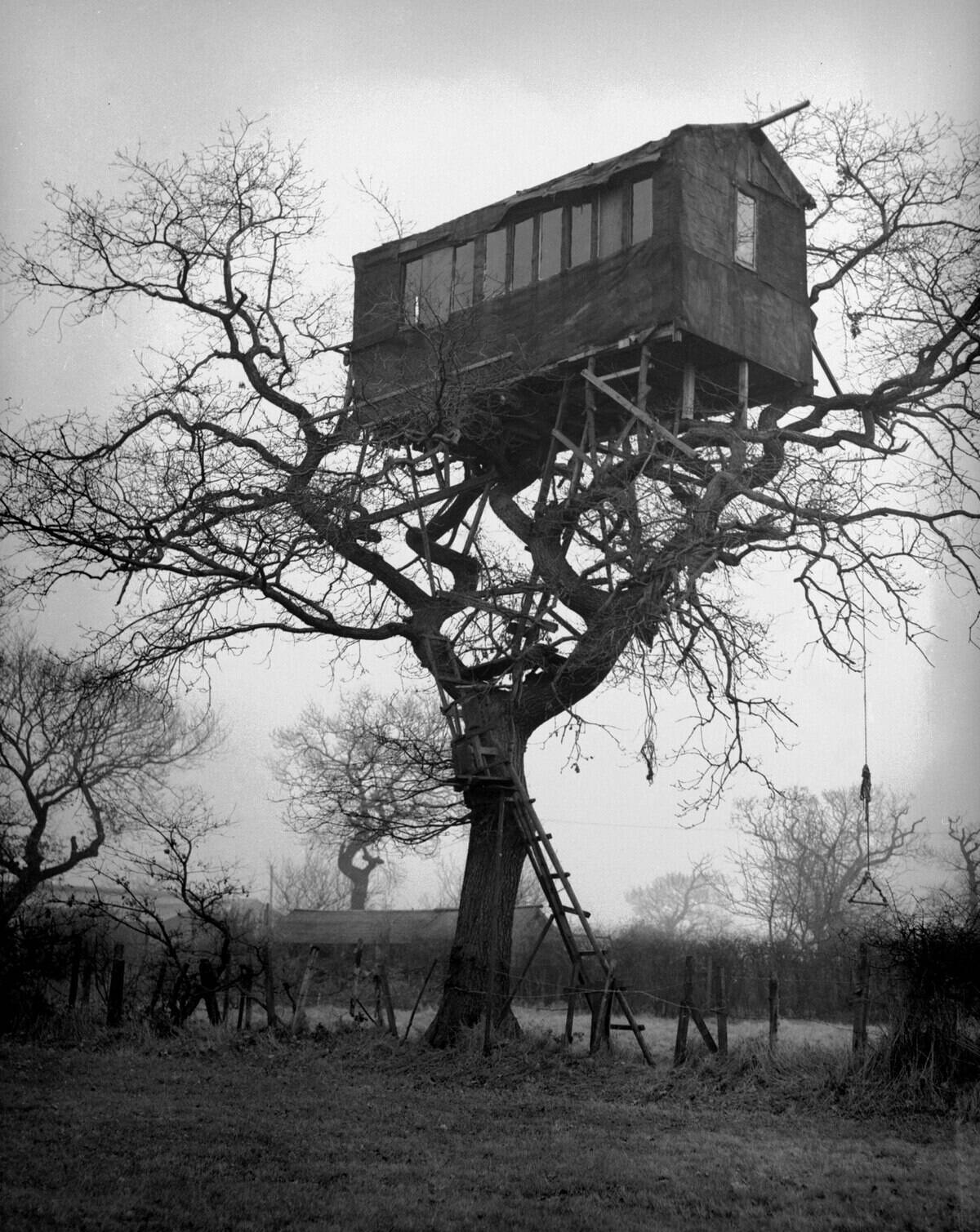
Building forts and treehouses was a favorite pastime, where imagination knew no bounds. Armed with planks and nails, children collaborated to create secret hideaways, often with a little help from parents.
These structures became sanctuaries for adventure and storytelling, offering a place to escape and dream. The process of building together strengthened friendships and instilled a sense of accomplishment, as kids enjoyed the fruits of their labor in their handcrafted havens.
The Annual Fourth of July Parade and Picnic

The Fourth of July was marked by vibrant parades and picnics, as neighborhoods celebrated American independence with pride and pageantry. Floats adorned with red, white, and blue decorations moved through the streets, accompanied by the sound of marching bands.
After the parade, families gathered for picnics, enjoying classic fare like hot dogs and apple pie. This tradition embodied the spirit of unity and patriotism, bringing communities together for a day of joyous celebration.
Ice Cream Trucks: The Soundtrack of Summer
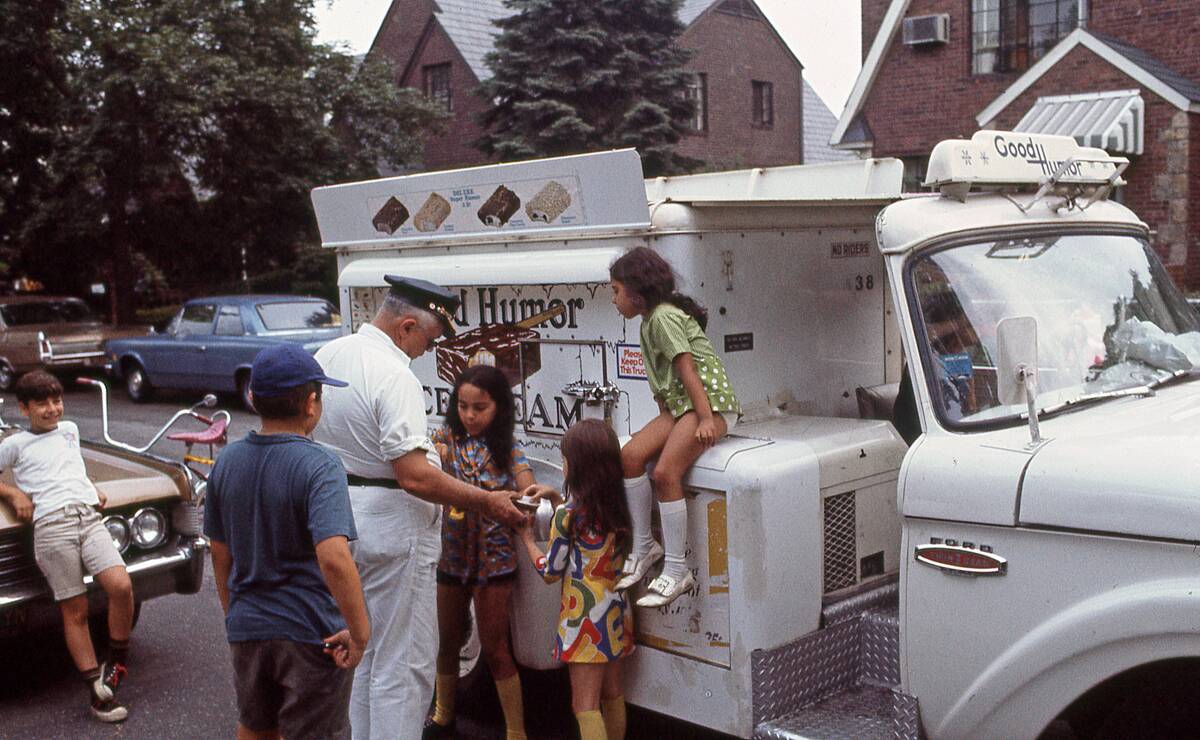
The jingle of an ice cream truck was the ultimate soundtrack of summer, drawing children out from every corner of the neighborhood. With coins clutched in hand, they eagerly lined up to choose their favorite frozen treats.
This tradition was a sweet escape from the heat, as friends gathered to enjoy their cones and popsicles together. The ice cream truck symbolized the carefree days of summer, a much-anticipated highlight that brought smiles to faces young and old.
The Unifying Spirit of Neighborhood Sports Leagues
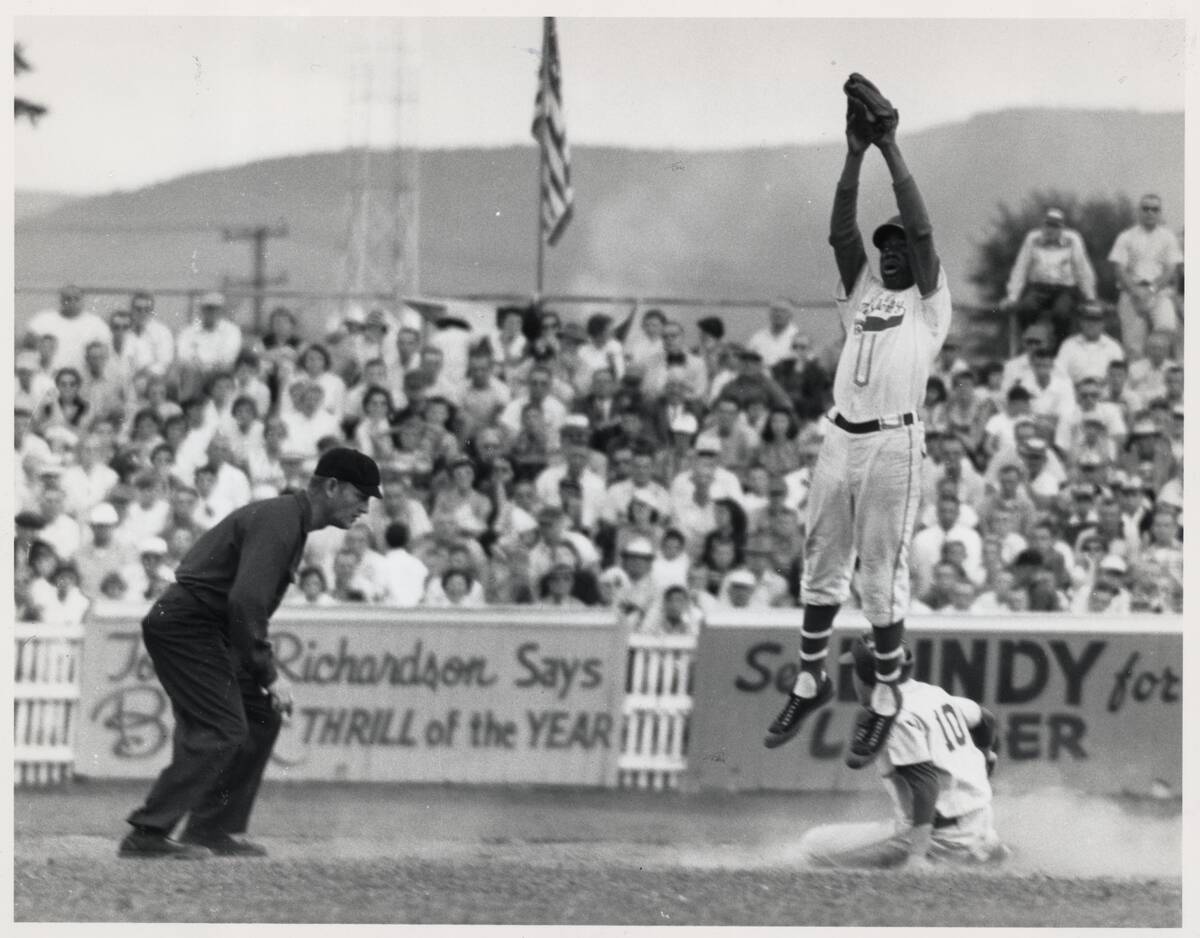
Neighborhood sports leagues fostered a sense of community through friendly competition and teamwork. Whether it was baseball, soccer, or basketball, these leagues brought together players of all ages and skill levels.
Games were an opportunity for neighbors to cheer each other on, celebrate victories, and learn from losses. This tradition not only promoted physical activity but also built lasting relationships, as participants bonded over their shared love of sports and community spirit.



